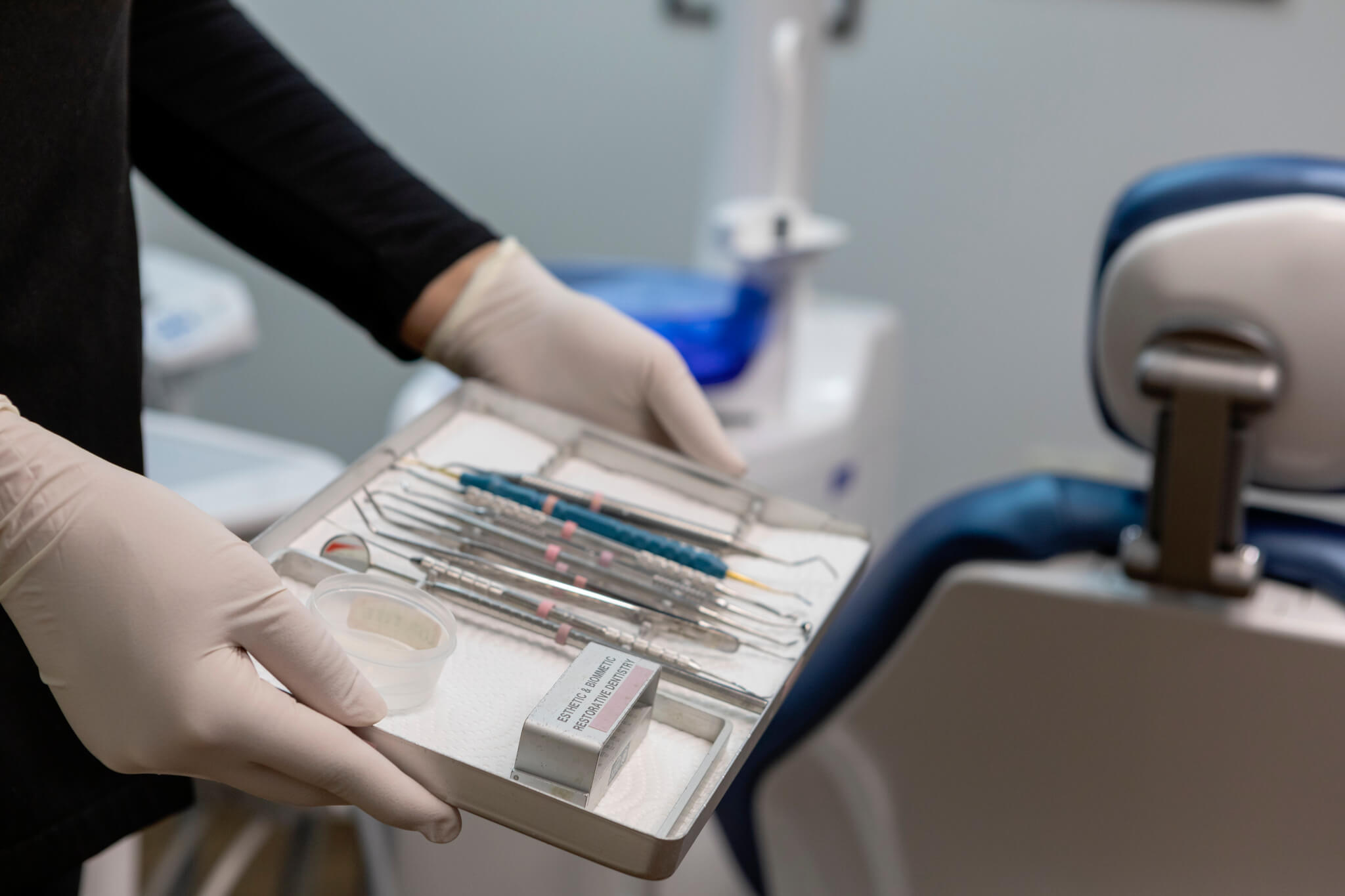Repair damage and protect your teeth
Dental fillings help to restore and protect teeth which have been affected by decay, cracks or wear over time. Our dentists use the highest quality materials and gentle techniques to make your next filling as comfortable and durable as possible.
What are dental fillings?
Dental fillings use high-grade materials to replace decayed portions of a tooth. This restores its function, structure and overall appearance.
Why you might need a filling:
Teeth are constantly exposed to various factors that can lead to wear and decay. Fillings step in to:
- Combat Decay: Cavities, if left untreated, can grow, affecting deeper layers of the tooth and leading to severe pain and potential tooth loss.
- Restore Function: Fillings allow you to eat, drink and speak without discomfort.
- Prevent Further Damage: By filling the tooth, we are sealing off spaces where bacteria can enter which prevents the tooth decaying further.
- Aesthetic Restoration: Modern fillings are designed to match the colour of your natural teeth (no more silver fillings!) ensuring they blend seamlessly with your natural smile.
What to expect during your appointment:
- A thorough examination of your mouth & teeth and x-rays (if needed).
- Removal of any decay or damaged tooth material.
- Natural tooth-coloured filling which is shaped and bonded to your existing tooth.
- Finishing touches including ‘bite checks’ and polish to finish your natural look.
What you need to know:
- We offer modern, composite (white) fillings that blend with your natural teeth.
- The process is usually painless, we use numbing gel or local anaesthetic if you need.
- Most appointments take less than an hour to complete.
- You will be able to eat and drink normally within a few hours of your visit.

Don’t ignore that niggly tooth any longer
Call our team on (09) 837 2598, book online or request an appointment and we will help make your next dental filling smooth, calming and stress-free.
